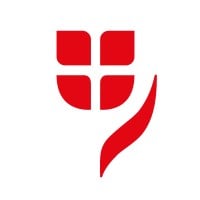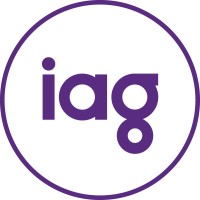
Vienna Insurance Group (VIG)
Vienna Insurance Group (VIG) is the leading insurance group in the entire Central and Eastern European (CEE) region. More than 50 insurance companies and pension funds in 30 countries form a Group with a long-standing tradition, strong brands and close customer relations. Around 30,000 employees in the VIG take care of the day-to-day needs of around 33 million customers. VIG shares have been listed on the Vienna Stock Exchange since 1994, on the Prague Stock Exchange since 2008 and on the Budapest Stock Exchange since 2022. The VIG Group has an A+ rating with stable outlook by the internationally recognised rating agency Standard & Poor’s. VIG cooperates closely with the Erste Group, the largest retail bank in Central and Eastern Europe. VIG Social Media Netiquette: http://bit.ly/VIG_Netiquette






